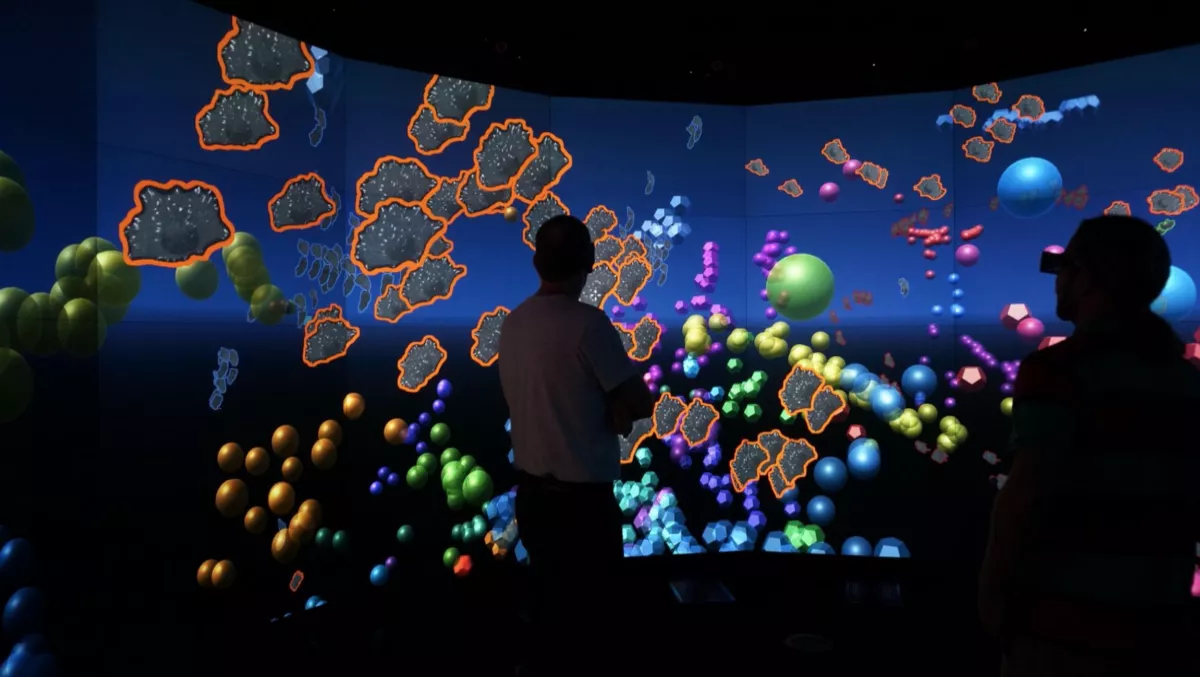
GTC18 - Data visualisation: where art and science meet
University of New South Wales (UNSW) Associate Professor Tomasz Bednarz wants to fuse art and computational science to solve problems and make inferences using extreme visualisation.
Bednarz is the director and head of visualisation at the UNSW Art and Design Expanded Perception and Interaction Centre (EPICentre), a place where science and art meet to try and enhance the way we collate and interpret information about the world at large.
He also spends about half his time with CSIRO as their team leader of visual analytics and he has recently been named chair of SIGGRAPH Asia 2019 in Brisbane.
His current positions stem from an early obsession with demoscene, a form of computer art that began in the 1980's using the landmark Commodore64 to render audio/visual artworks.
EPICentre uses technology in the most innovative ways to achieve their goals, including an almost 360-degree circle of 56 screens that come together to create what Bednarz says is the highest resolution screen in the world today.

EPICentre is home to both designers and scientists whose combined expertise along with cutting-edge technologies, lead to new ways of solving problems.
For example, they have used these encapsulating, rear-projection screens to display patient data on a massive scale, allowing analysts to see patterns that would likely not be visible on a spreadsheet full of numbers.

There is a clear band of clustered data points on this visualisation (bottom right on above image) that, Bednarz says, coincides almost exactly with when specialists are on holiday.
Another startling application is that for the first time, genetics researchers can stand in one place and see an entire human genome mapped out before them.

Rumour has it the processor stack behind EPICentre's technology is powerful enough that the heat it gives out has been used to defrost birthday cakes when the need arises.

Using this tech, researchers have managed to visualise how HIV enters a cell to try and find specific ways to prevent it.
Another group of researchers went into the jungle to take 360-degree images of the habitat of the jaguar, which can then be displayed and interacted with to help further understand the elusive animals' behaviours and habits.
EPICentre's team of around 20 people also have access to a 7-metre diameter dome screen (think a smaller, very high-resolution observatory) that that can be sent to exhibitions or other research centres for collaboration.

This fascinating interdisciplinary world is still relatively early stage but with the growth of GPU processing power, more and more applications can be explored each day.
It is only a matter of time until it finds its way into industry and who knows what changes it will bring with it when it does.


